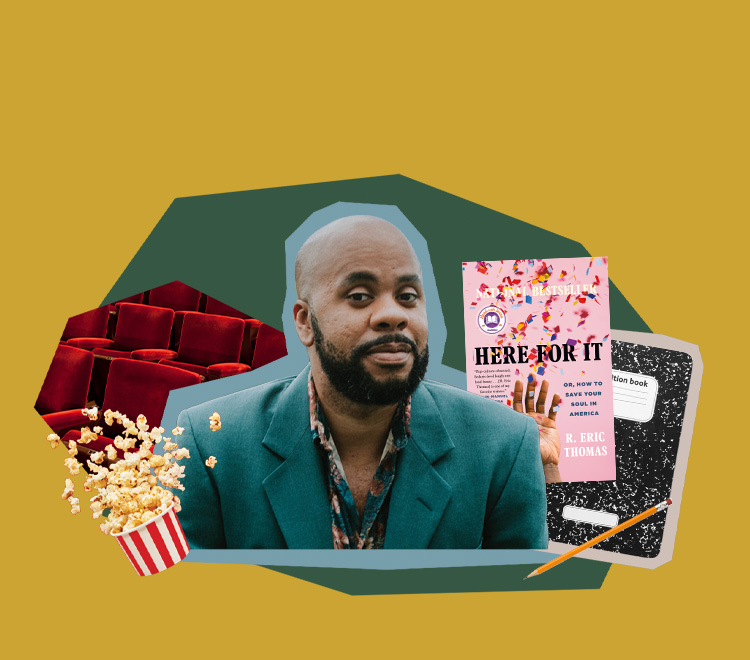Ten years ago, Brené started the Daring Interview series on her blog. It quickly became one of our favorite features. Now, we are relaunching the series and adding in a few new questions, including some from the late James Lipton, host of Inside the Actors Studio, and Smith Magazine’s Six-Word Memoir.
R. Eric Thomas is a creative chameleon who seems to pop up in pop culture when you least expect it. And when he does, his voice might sound familiar. Many met him through “Eric Reads the News,” his much-shared, popular, Elle humor column that he wrote daily for four years. He’s also a best-selling author, playwright, screenwriter, and humorist, known for his captivating storytelling and sharp wit; through television shows Dickinson (Apple TV+) and Better Things (FX); and as a long-running host of The Moth.
He’s currently developing multiple film and television projects, including a half-hour comedy based on his memoir, Here for It: Or, How to Save Your Soul in America. And his latest book, Congratulations, The Best Is Over!, is about facing his intersecting identities and going home. Whether he’s crafting essays that provoke thought, penning plays that ignite imaginations, or delivering stand-up comedy that leaves audiences in stitches, Thomas is a master of versatility and vulnerability. There’s humanity in his humor. He’s outspoken about his depression and struggles with mental health, and his work often explores themes of identity, relationships, and personal growth — all delivered with that distinctive voice.
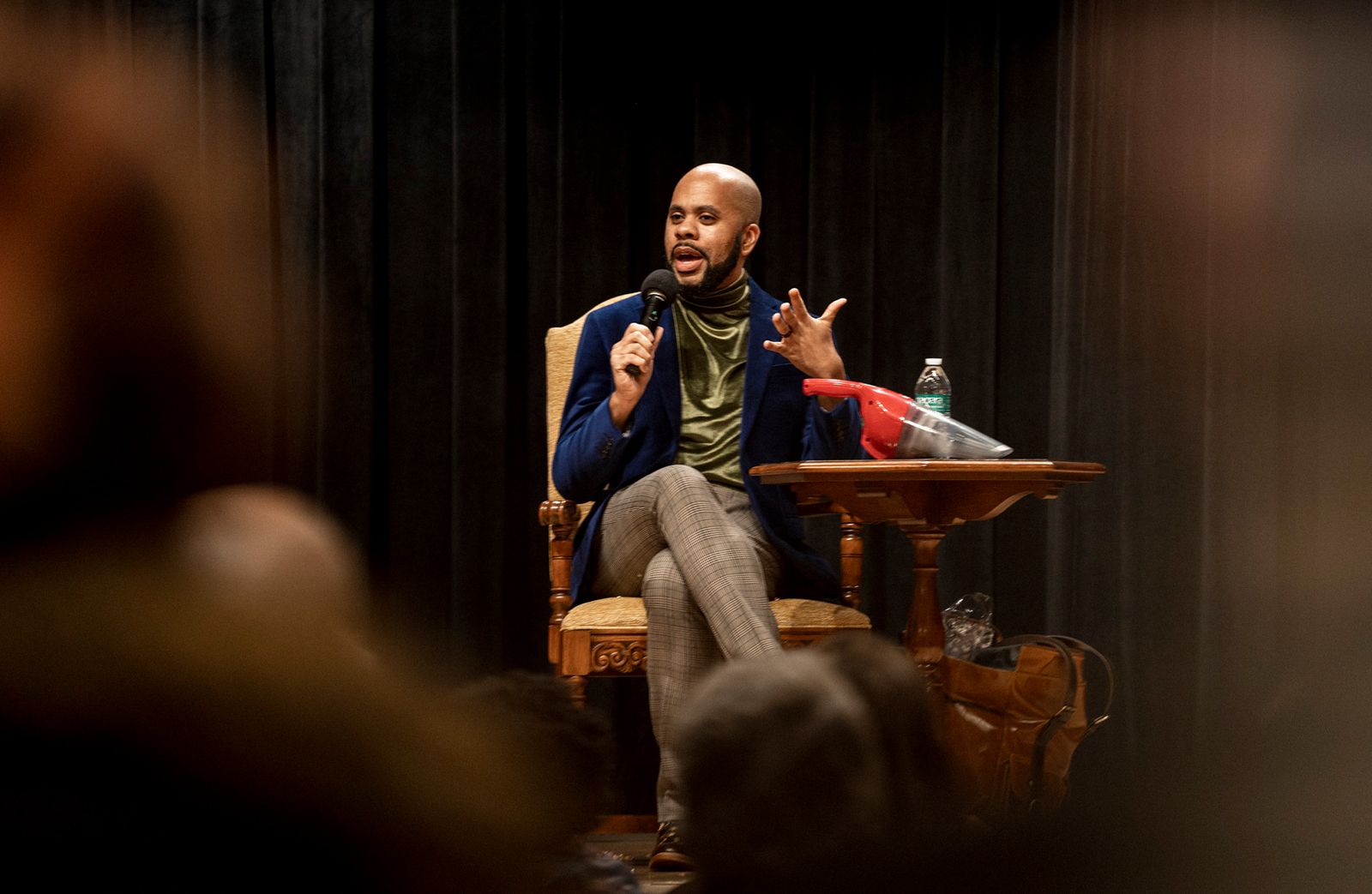
Vulnerability is . . .
Acknowledging the unfinished parts, the rough edges, the bittersweet, the things that will never be resolved, the places where our hopes didn’t match our reality. Vulnerability is the truth, which is to say it’s beautiful and it’s sometimes hard and it’s worth it.
What role does vulnerability play in your work?
It’s got to be the cornerstone of everything I write, fiction or non-fiction, screenplay or stage play. Stories are empathy engines — when you share a story about what you wanted, what you thought would happen, what you tried so hard to get — it opens up a pathway to the listener and expands their worlds. But that doesn’t happen without vulnerability. Vulnerability is what gives me empathy with my characters, it’s what allows me to turn the hard parts of life into essays, even comedic essays. Vulnerability is what elevates a story from the level of anecdote into something that can touch another person.
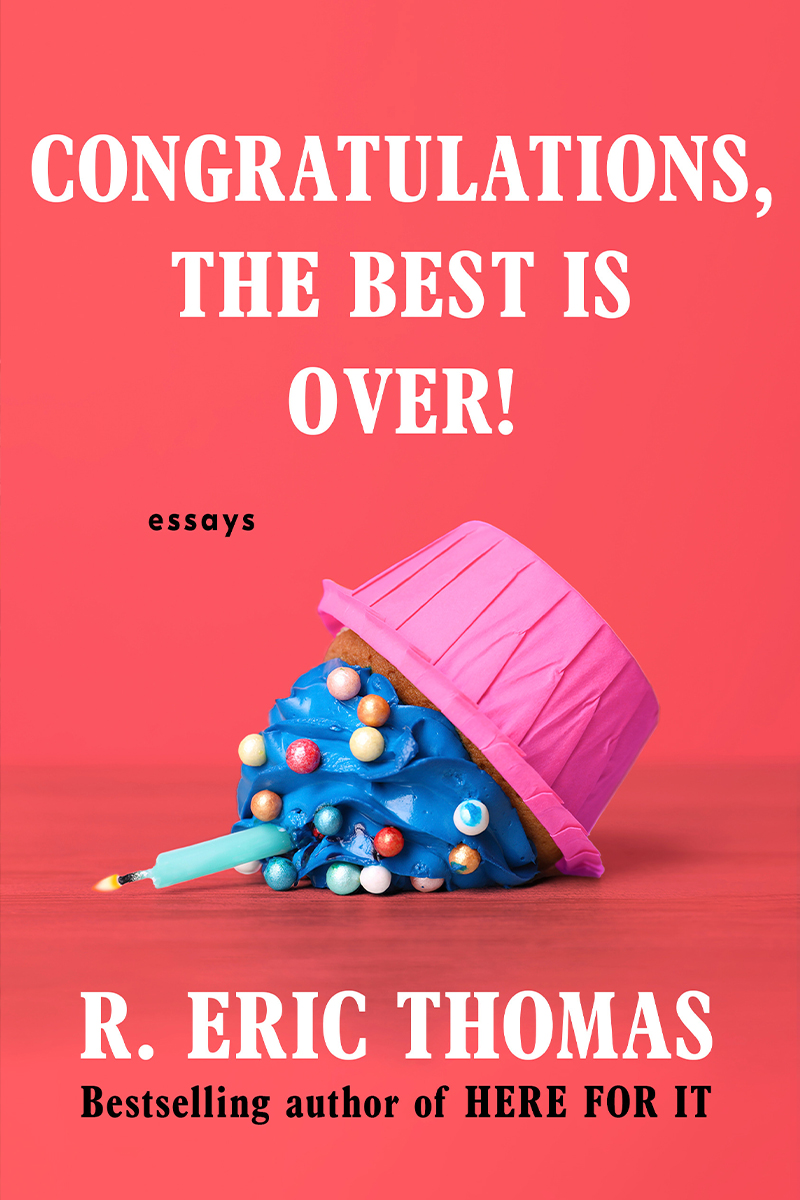
R. Eric has captured the hearts of audiences across various platforms. Pictured is his most recent book, Congratulations, the Best Is Over!; photography courtesy of Ballantine Books.
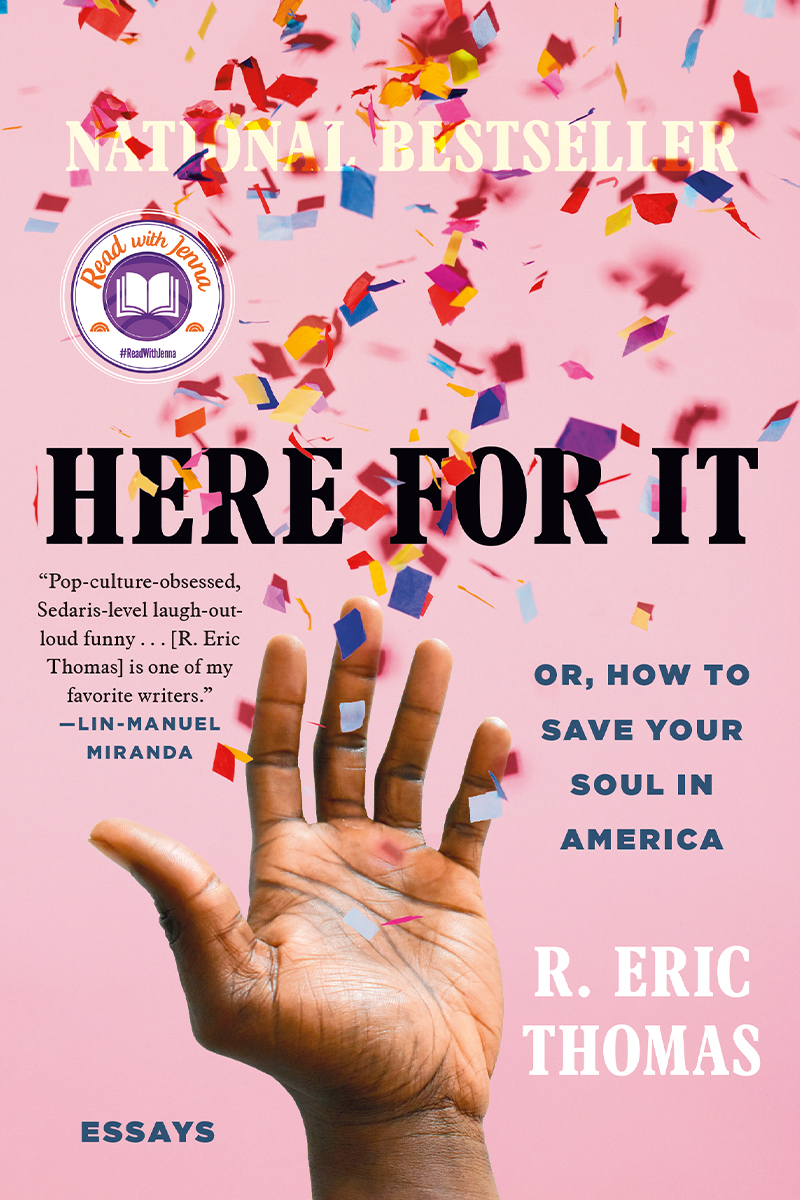
The cover of R. Eric Thomas’s first book, Here for It: Or, How to Save Your Soul in America; photography courtesy of Ballantine Books.
What’s something that gets in the way of your creativity, and how do you move through it?
Anxiety is a big one. There are a million little things to do and they crowd my mind and make me anxious. My creative work is how I make a living so when I worry about money, which I do all the time, my creativity suffers. Perfectionism and even near-perfectionism (and even just-okay-ism) make me anxious and make me fearful of writing and block my creativity.
My best antidote for all of that is to remember that writing is so much more than putting fingers on keys — it’s conversations about ideas, and weird things that happened to you on an errand, and a poem that you read repeatedly or a song that plays in your head. I break down my creative process into bite-sized chunks sometimes, allowing myself the grace to listen to that song or to run that errand or to connect with someone else for a bit and it always gets my mind going.
Vulnerability is the truth, which is to say it’s beautiful and it’s sometimes hard and it’s worth it.
It’s often difficult to share ourselves and our work with the world, given the reflexive criticism and mean-spiritedness that we see in our culture — especially online. What strategies do you use to show up, let yourself be seen, share your work with the world, and deal with criticism?
I’ve tried exposure therapy — reading every negative thing people have to say about me — and that does *not* work for me. So I always go to empathy. As a consumer, there are things that I don’t like, creative projects that weren’t my cup of tea, things I read or saw that outraged me with how much I hated them. I never want to be that for someone else. But no one is going to be everyone’s cup of tea. There are people out there who don’t like Beyoncé, which is incomprehensible to me.
When I allow myself the grace to be another non-Beyoncé out here trying his best and extend empathy to every person coming in contact with my work, knowing that they want to find something that they connect to or that hits them right where they needed it, I right-size my work and my efforts and my critics. I tend to only invest in critique from people who know me and are able to engage with me thoughtfully, with an awareness of what I’m trying to do and what the best ways to do that might be. With other critiques — online and the like — tend to use the “take what you need and leave the rest” philosophy.
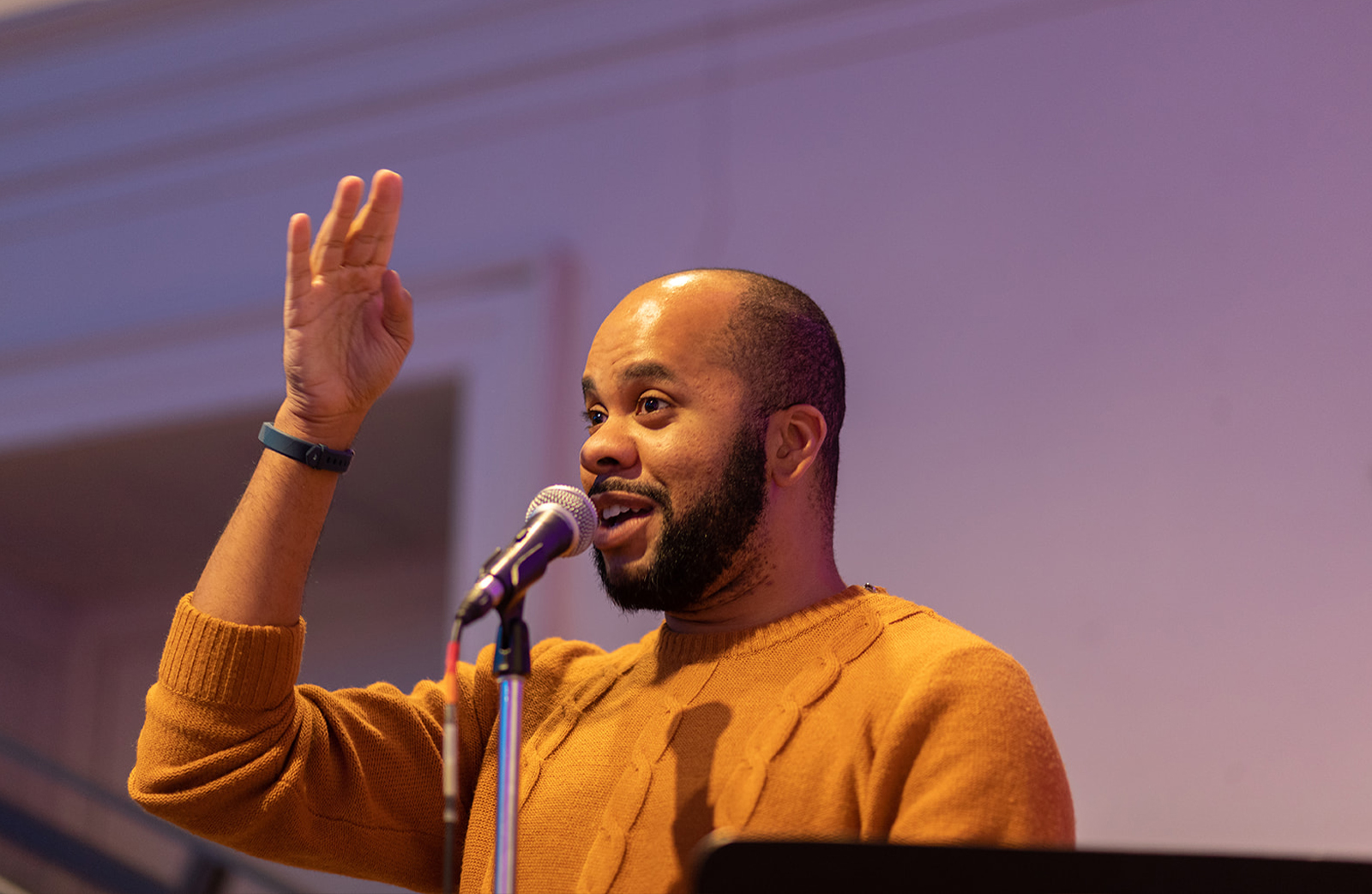
Describe a snapshot of a joyful moment in your life.
I was on vacation in Provincetown recently. My husband and a friend and I rented a house and the minute I walked into the house and saw the Nancy Meyers-esque kitchen, I knew I had to throw a dinner party there. This place had a stand mixer and more giant silver bowls than I knew what to do with. It demanded to be cooked in. Over the week we were away, we collected friends by happenstance and kept inviting them over to this party. On the night of the party, I stood in the Nancy Meyers kitchen, my hands tearing salad greens in a big silver bowl, as people who had very recently been strangers filed in through the screen door. It filled me up so completely.
Stories are empathy engines — when you share a story about what you wanted, what you thought would happen, what you tried so hard to get — it opens up a pathway to the listener and expands their worlds.
Do you have a mantra, manifesto, or favorite quote for living and loving with your whole heart?
I have to go back to Mary Oliver: “If you suddenly and unexpectedly feel joy, don’t hesitate. Give in to it.”
What is your favorite word?
Extraordinary.
What is your least-favorite word?
Every word seems to have its use, but I get an ick from the word squee. I also get an ick from the word ick. Maybe it’s just the “internet language” of it all. IDK lol.
What sound or noise do you love?
Laughter.
What sound or noise do you hate?
Brakes squealing — always costs money.

What is your favorite curse word?
Fuck.
A song/band/type of music you’d risk wreck and injury to turn off when it comes on?
There’s not a lot that I’m not going to listen to at this point. I grew up Evangelical and wary of hard rock but then I spent a decade waiting tables as a young adult, much of it at the Hard Rock Cafe, and I realized that much of what I’d been afraid of was just the soundtrack to every car and truck commercial. I’d already heard Metallica and didn’t know it! That said, death metal is a no-go for me. I like life!
Favorite show on television?
Too many to list, but Ugly Betty came into my life at just the right moment.
Favorite movie?
My Best Friend’s Wedding or Sleepless in Seattle.
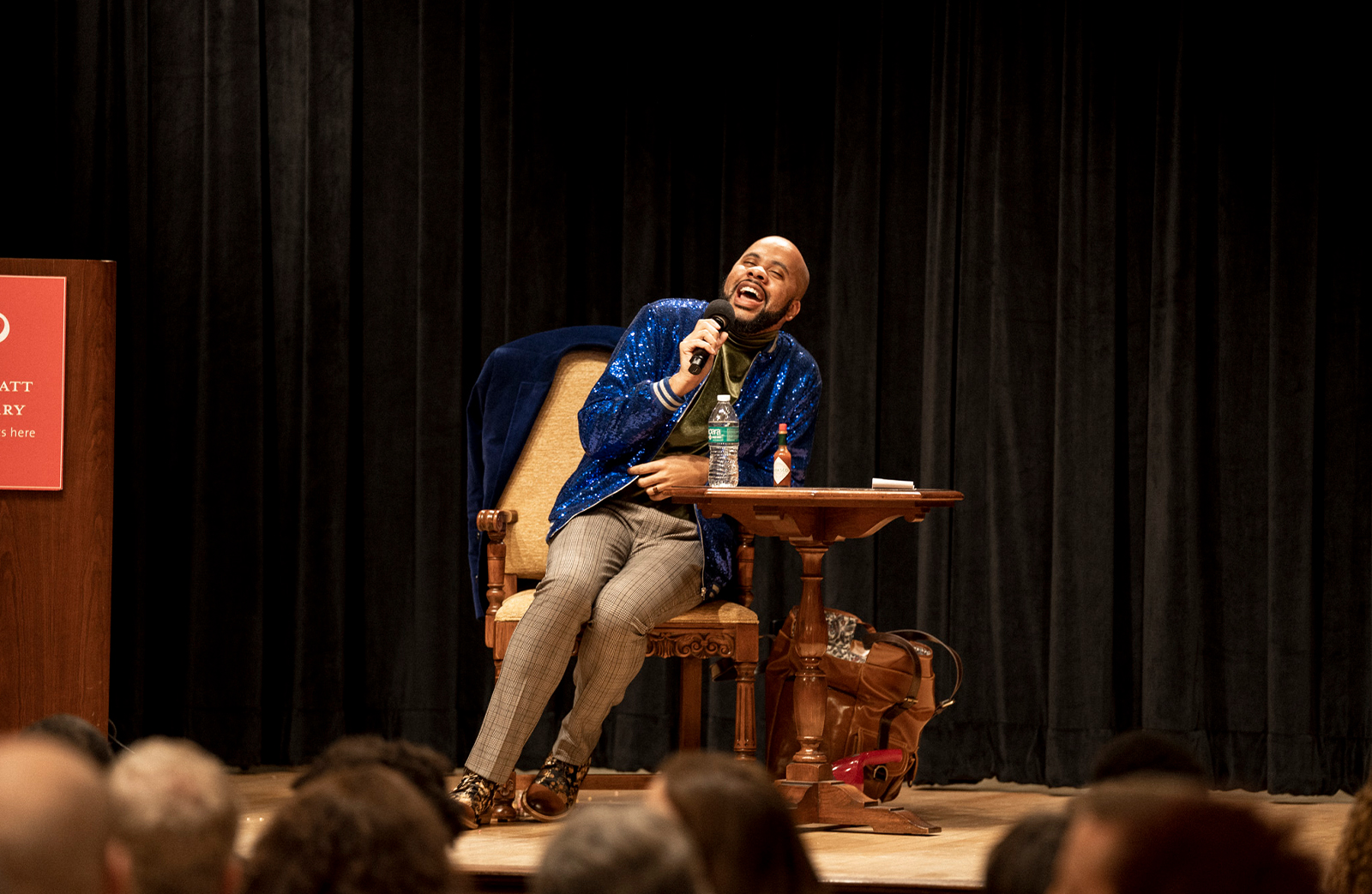
What are you grateful for today?
My health; I don’t take it for granted.
If you could have anything put on a T-shirt, what would it be?
I wrote in my first book that I was obsessed with the Mr. Rogers’ Neighborhood character Lady Elaine Fairchilde and her catchphrase “Toots!” Since then, so many dear people have given me custom “Toots!” t-shirts and tank tops. I would take so many more.
Favorite meal?
Spaghetti.
A talent you wish you had?
Singing.
Favorite song/band?
Beyoncé.
What’s on your nightstand?
Books and headphones.
What’s something about you that would surprise us?
I died once! (I’m fine now.)
Your six-word memoir . . .
The best is not over yet.

